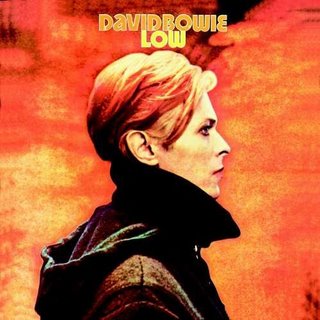Yann Demange's second film, White Boy Rick, is set in Detroit in the 1980s. In advance of checking it out, I had the opportunity to see his first film, '71, which is set in Belfast, Northern Ireland, during The Troubles.
Starring Jack O'Connell as British soldier Gary Hook, '71 is harrowing and absorbing, with an on-the-ground feel. Riot scenes in the Catholic sector are particularly exciting, followed by various chase scenes.
The extra winning aspect is that one might be inspired by the film to learn a little more about British and Irish history.
Sectarian fighting occurs just about everywhere, to varying degrees.
Though Northern Ireland is no longer embroiled in The Troubles, trouble has, since the turn of the latest century, found plenty of other homes to wreak havoc in.
In '71, Demange keeps one on edge, as befits the theme. His visceral, sometimes frenetic style feels somewhat akin to that of Jean-Marc Vallée (Dallas Buyers Club, Sharp Objects), Boots Riley (Sorry to Bother You), Sean Baker (The Florida Project), Jordan Peele (Get Out), Kathryn Bigelow (The Hurt Locker) and others.
David Bowie gets a mention in '71 -- and in Spike Lee's latest film, BlacKkKlansman (2018), too.
Did you ever wonder what the anagrams in Sex Pistols' "Anarchy in the UK" (1976) stand for? All but the first tie directly into "The Troubles."
"Is this the MPLA
Or is this the UDA
Or is this the IRA
I thought it was the U.K.
Or just another country
Another council tenancy"
MPLA = Movimento Popular de Libertação de Angola
UDA = Ulster Defence Association
IRA = Irish Republican Army
UK = United Kingdom of Great Britain and Northern Ireland
Council tenancy = public housing unit
Today's Rune: Partnership.
Starring Jack O'Connell as British soldier Gary Hook, '71 is harrowing and absorbing, with an on-the-ground feel. Riot scenes in the Catholic sector are particularly exciting, followed by various chase scenes.
The extra winning aspect is that one might be inspired by the film to learn a little more about British and Irish history.
Sectarian fighting occurs just about everywhere, to varying degrees.
Though Northern Ireland is no longer embroiled in The Troubles, trouble has, since the turn of the latest century, found plenty of other homes to wreak havoc in.
In '71, Demange keeps one on edge, as befits the theme. His visceral, sometimes frenetic style feels somewhat akin to that of Jean-Marc Vallée (Dallas Buyers Club, Sharp Objects), Boots Riley (Sorry to Bother You), Sean Baker (The Florida Project), Jordan Peele (Get Out), Kathryn Bigelow (The Hurt Locker) and others.
Notate bene:
David Bowie gets a mention in '71 -- and in Spike Lee's latest film, BlacKkKlansman (2018), too.
Did you ever wonder what the anagrams in Sex Pistols' "Anarchy in the UK" (1976) stand for? All but the first tie directly into "The Troubles."
"Is this the MPLA
Or is this the UDA
Or is this the IRA
I thought it was the U.K.
Or just another country
Another council tenancy"
MPLA = Movimento Popular de Libertação de Angola
UDA = Ulster Defence Association
IRA = Irish Republican Army
UK = United Kingdom of Great Britain and Northern Ireland
Council tenancy = public housing unit
Today's Rune: Partnership.












































